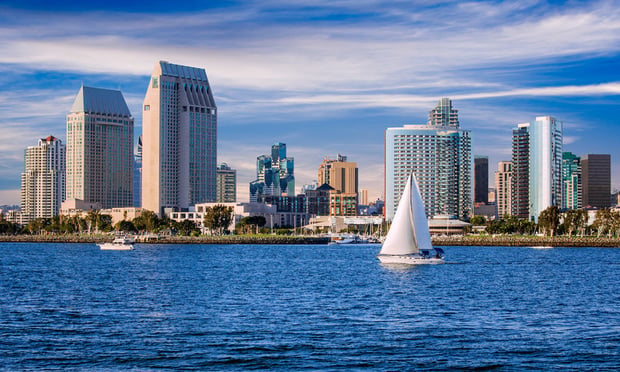Warehouse and distribution buildings have driven the majority of San Diego rent growth activity in recent years. According to a new report from Newmark Knight Frank, rents for warehouse and distribution space have increased more than 50% in the last five years. San Diego has a diverse pool of industrial users, including life science and R&D activity, and warehouse spaces are the most popular for the region’s user base.
“Warehouse and distribution space is the root for so many product types, and as such is the main driver of industrial rents in San Diego,” Paul Britvar, director at Newmark Knight Frank, tells GlobeSt.com. “At present, Flex, R&D, manufacturing, life science buildings, GMP manufacturing operations and some creative office developments are all derived from simple warehouse buildings, which sets the stage for a balancing act between the availability of warehouse buildings and other product types that are converted into a new use.”
Recommended For You
Want to continue reading?
Become a Free ALM Digital Reader.
Once you are an ALM Digital Member, you’ll receive:
- Breaking commercial real estate news and analysis, on-site and via our newsletters and custom alerts
- Educational webcasts, white papers, and ebooks from industry thought leaders
- Critical coverage of the property casualty insurance and financial advisory markets on our other ALM sites, PropertyCasualty360 and ThinkAdvisor
Already have an account? Sign In Now
*May exclude premium content© 2025 ALM Global, LLC, All Rights Reserved. Request academic re-use from www.copyright.com. All other uses, submit a request to [email protected]. For more information visit Asset & Logo Licensing.









